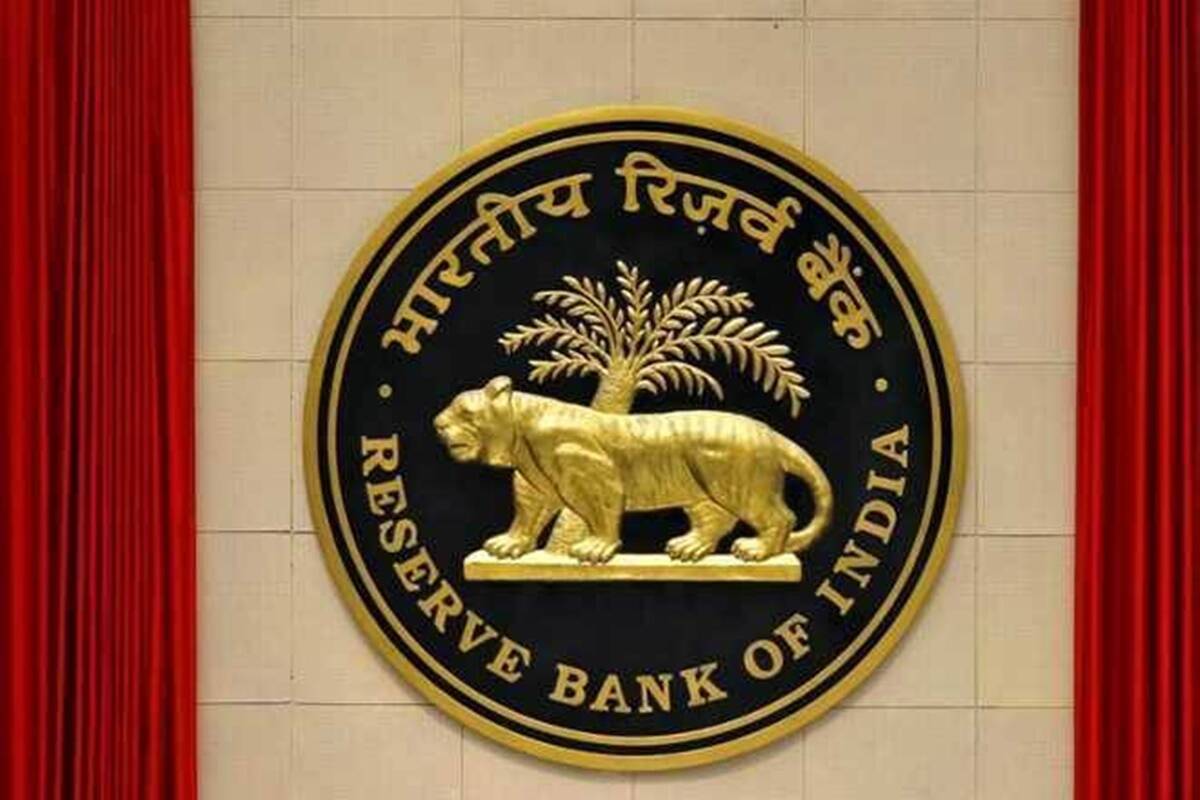 Considered supervisory judgment might push some NBFCs from out of the upper layer of the systemically significant NBFCs for higher regulation or supervision.
Considered supervisory judgment might push some NBFCs from out of the upper layer of the systemically significant NBFCs for higher regulation or supervision. The Reserve Bank of India (RBI) on Friday floated a discussion paper proposing a four-layered structure for the regulation of non-banking financial companies (NBFCs). The framework has been envisaged as a pyramid-like structure, where regulated entities will be classified into each layer based on parameters like asset size, type of liabilities and their relative systemic importance, the paper suggests.
The bottom of the pyramid, or base layer, where least regulatory intervention is warranted, will consist of NBFCs currently classified as non-systemically important NBFCs (NBFC-ND), NBFC- peer-to-peer (P2P) lending platforms, NBFC-account aggregator (AA), non-operative financial holding companies (NOFHCs) and type-I NBFCs.

As one moves up, the next layer can consist of NBFCs currently classified as systemically important NBFCs (NBFC-ND-SI), deposit taking NBFCs (NBFC-D), housing finance companies (HFCs), infrastructure finance companies (IFCs), infrastructure development funds (IDFs), standalone primary dealers (SPDs) and core investment companies (CICs). The regulatory regime for this layer shall be stricter compared to the base layer. “Adverse regulatory arbitrage vis-à-vis banks can be addressed for NBFCs falling in this layer in order to reduce systemic risk spill-overs, where required,” the paper said. This will be the middle layer.
Going further, the next layer — the upper layer — will consist of NBFCs which are identified as systemically significant among NBFCs. For identification of entities to be categorised as NBFC-UL,a parametric analysis will be carried out, comprising quantitative and qualitative parameters/supervisory judgment. The quantitative parameters will have weightage of 70%, whereas qualitative parameters/supervisory inputs will have weightage of 30%. This layer will be populated by NBFCs which have large potential of systemic spill-over of risks and have the ability to impact financial stability. “There is no parallel for this layer at present, as this will be a new layer for regulation. The regulatory framework for NBFCs falling in this layer will be bank-like, albeit with suitable and appropriate modifications,” the paper said.
Considered supervisory judgment might push some NBFCs from out of the upper layer of the systemically significant NBFCs for higher regulation or supervision.
These NBFCs will occupy the top of the upper layer as a distinct set. Ideally, this top layer of the pyramid will remain empty unless supervisors take a view on specific NBFCs. “In other words,if certain NBFCs lying in the upper layer are seen to pose extreme risks as per supervisory judgement, they can be put to significantly higher and bespoke regulatory/supervisory requirements,” the paper said.
This article is auto-generated by Algorithm Source: www.financialexpress.com



